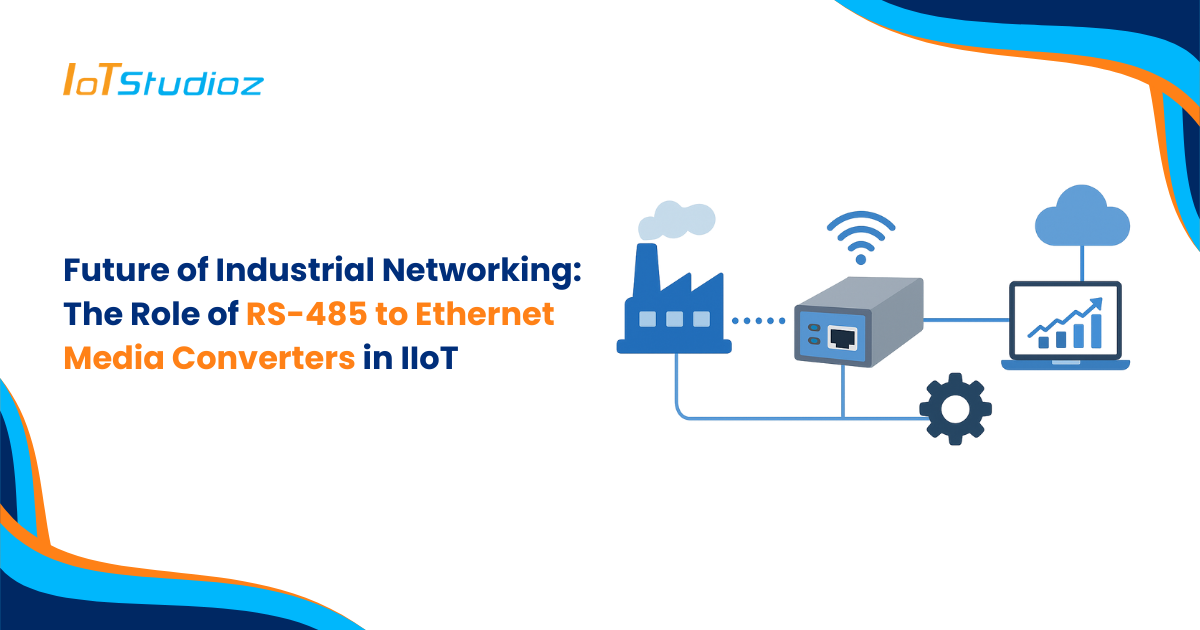Why Industries Rely on RS‑485 to Ethernet Converters for Connectivity
In industrial settings, robust and reliable communication systems are critical. While RS‑485 remains a widely used serial communication standard for industrial devices, Ethernet has become the backbone of modern IT


